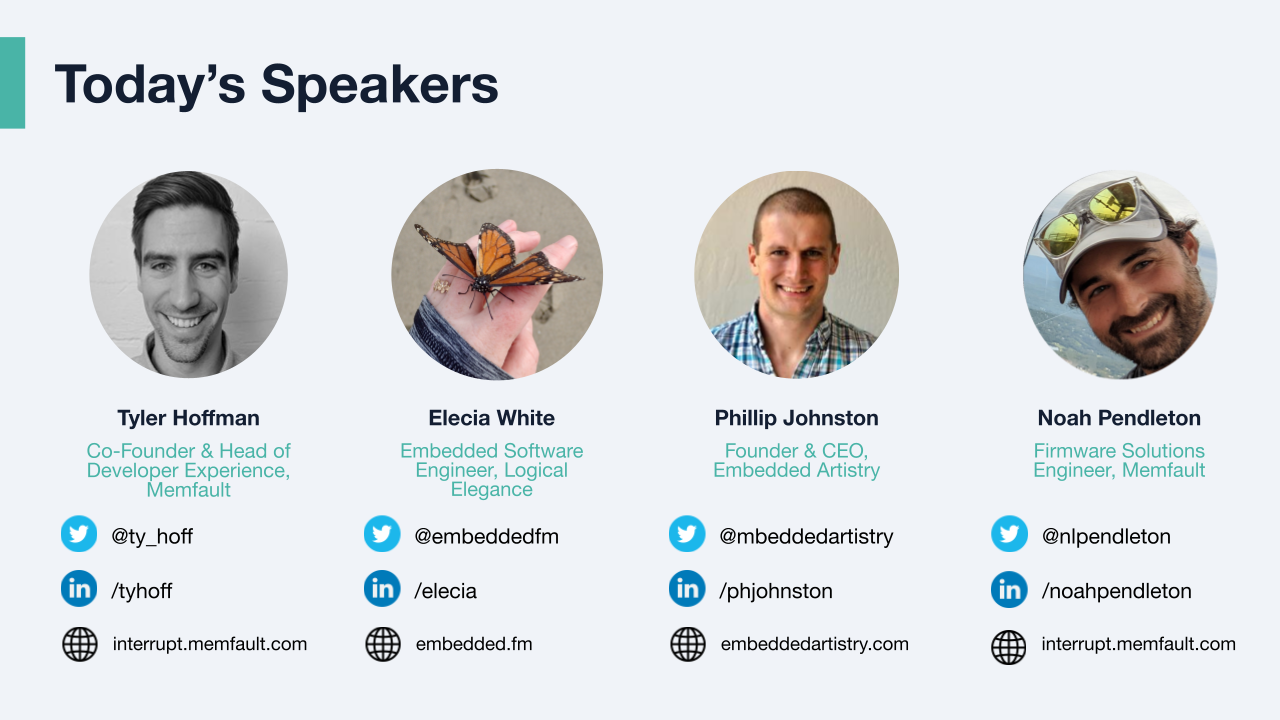469: Saving the World Is Not a Hobby
Chris and Elecia chat with each other about motor encoder reading methods, conferences coming up, soldering irons, schematic reviews, looking for a new job, and general life.
Some conferences coming up in the embedded space:
Embedded Online, April 29-May 4, virtual (Elecia will be speaking)
Open Hardware Summit in May 3-4, Montreal, Canada
Embedded World in April 9-11 in Nuremburg, Germany
Evil Mad Scientist Laboratories was purchased by Bantam Tools!
Starter soldering irons? It seemed like small pen-style ones were more popular than big soldering stations. See the Adafruit USB C Powered Soldering Iron - Adjustable Temperature Pen-Style - TS80P. Or for much less (but you can write your own firmware!), the Pinecil. And one vote for the RT Soldering Pen on Tindie because it uses Weller RT tips (which are more expensive than the soldering pen but much less expensive than the Weller station that uses the RT tips).
Embedded Artistry has excellent advice for the role of the firmware in schematic reviews.
Adafruit Playgrounds looks like a neat place to write up your project.
Nordic Semiconductor empowers wireless innovation, by providing hardware, software, tools and services that allow developers to create the IoT products of tomorrow. Learn more about Nordic Semiconductor at nordicsemi.com, check out the DevAcademy at academy.nordicsemi.com and interact with the Nordic Devzone community at devzone.nordicsemi.com.








